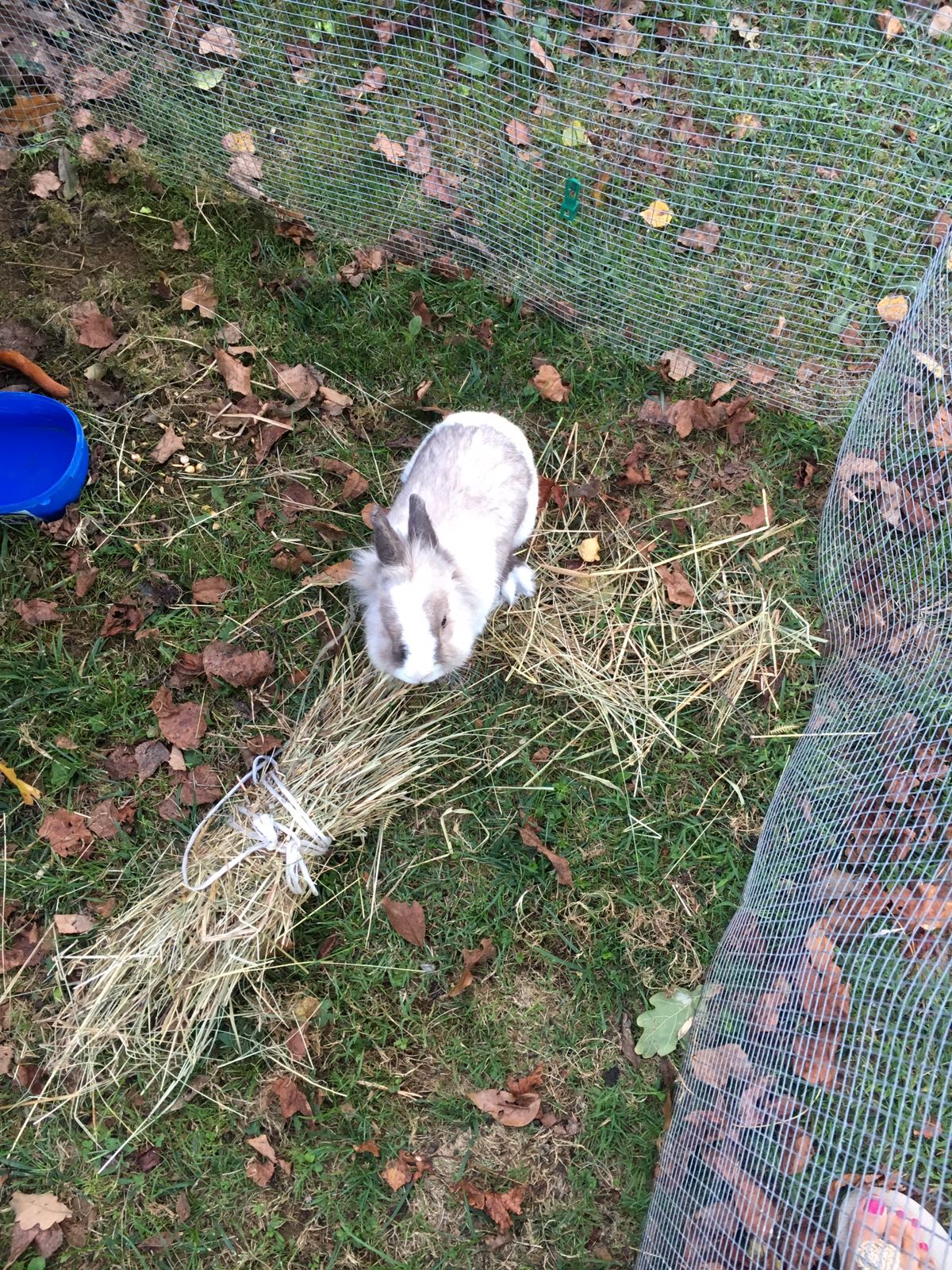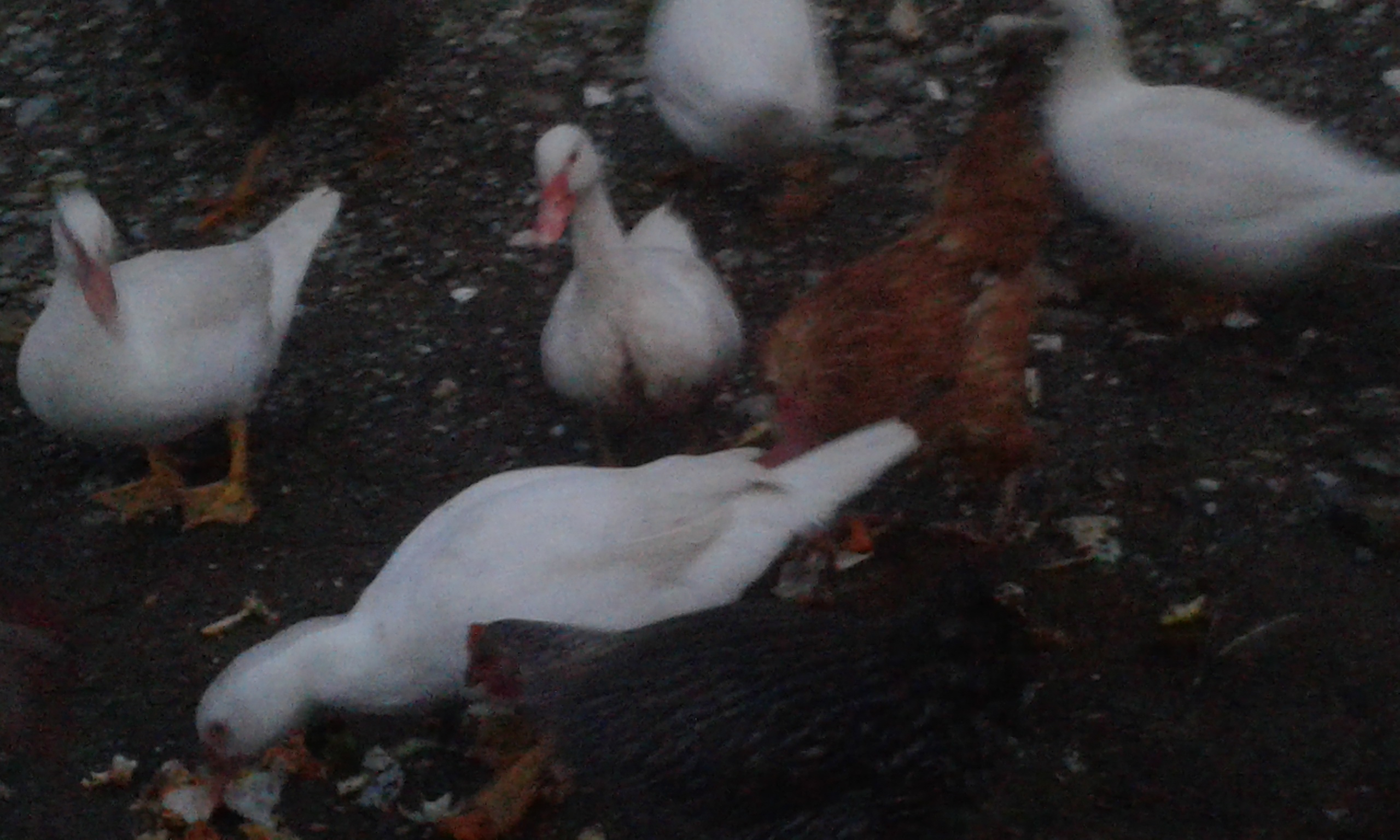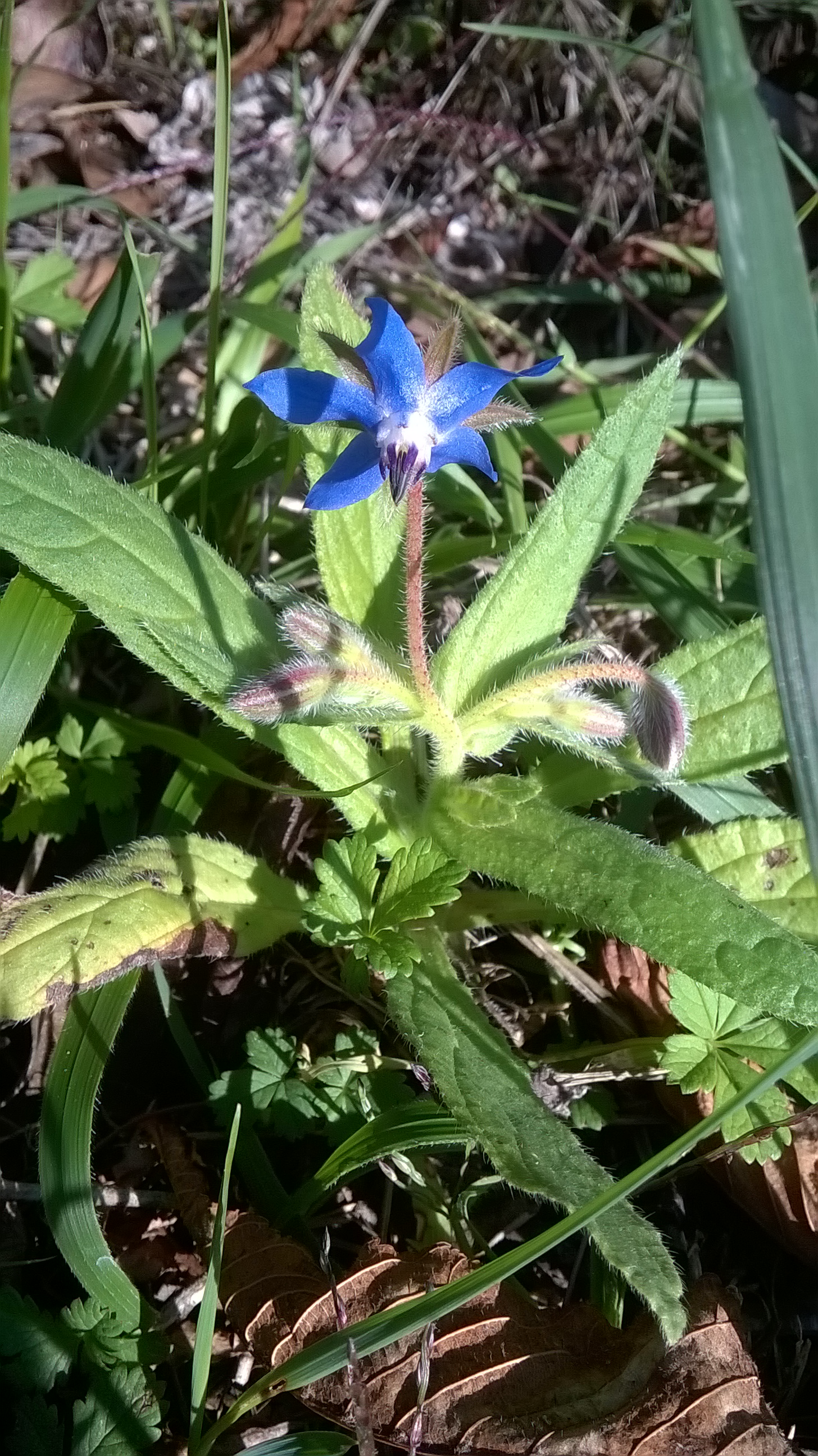http://<iframe src="https://giphy.com/embed/xT9IgsVgbEFWB24968" width="480" height="320" frameBorder="0" class="giphy-embed" allowFullScreen></iframe><p><a href="https://giphy.com/gifs/xT9IgsVgbEFWB24968">via GIPHY</a></p>DÜRDANE GÜNER
via GIPHY


 A farm is an ecosystem because it is made of living and non-living things that interact and exchange energy. The farm ecosystem is different from a forest or a meadow ecosystem because humans control many of the interactions among the things on the farm.
A farm is an ecosystem because it is made of living and non-living things that interact and exchange energy. The farm ecosystem is different from a forest or a meadow ecosystem because humans control many of the interactions among the things on the farm.
Also in the farm ecosystem each part has its role to play.
ANIMALS
Livestock animals, such as cows, sheep, goats, pigs and chickens, have many roles in the farm ecosystem. They provide milk, eggs, wool and meat for humans. Their waste fertilize the soil. They also eat weeds, acorns, leftovers, contributing to keep the environment healthy and clean.












Wild animals are also part of the farm ecosystem.
Hedgehogs control the amount of snails in the vegetable garden. Bats, toads, frogs also help the farmer by eating harmful insects.
Cats are good for controlling the amount of mice.



INSECTS
There are thousands of insects living on a farm. They can be both helpful and harmful to the farm and the farmer.
The honey bee is a helpful insect because it pollinates the farmer's crops while gathering its food. Pollination allows the plant to create its seeds, such as grains of wheat or kernels of corn. Many farmers keep beehives on their farms to ensure the pollination of their crops because there are very few honey bees left in the wild. Of course, farmers also keep bees to produce beeswax and honey! Spiders, ladybugs, wasps, dragonflies, and praying mantises are also helpful because they eat harmful insects.


PLANTS
Some plants are useful for growing other plants. For example, legumes have bacteria on nodules which are on the roots of the plant. The bacteria on the nodules takes nitrogen from the air and fixes it into the soil, so that other plants that require nitrogen can use it as well. Farmers use them in roatations with grass crops such as corn or wheat.
In addition to this, some "weeds" that grow around farms and gardens are really good for our health. Here are some examples:
BORRAGO OFFICINALIS DIPLOTAXIS TENUIFOLIA CHICORIUM INTYBUS TARAXACUM OFFICINALE




SOIL
Soil is where life on the farm begins. Soil provides some of the nutrients that a farmer's crops need to grow. Plants make most of the food they need to grow from the water in the soil and the air.
Soil is made up of different sizes of particles and different layers. Farmers need to know what kinds of particles are in their soil and how thick the layers are in their fields in order to decide how much and how deep to plow or irrigate.
Soil is made up of 4 main layers:
1)Organic Material: Dead plants and manure are plowed under by the farmer to be converted by earthworms and bacteria into humus.
2)Topsoil: Humus is created by worms and bacteria and contains the important nutrients (nitrogen, phosphorous and potassium).
3)Subsoil: Minerals and soil particles are carried down from the topsoil by water.
4)Bedrock: Broken down rocks store water to be absorbed by long plant roots.
WATER
Water is essential for all life on the farm. Farmers obtain most of the water for their crops from rain. Rain water that is not absorbed by the soil and plant roots runs into streams and rivers.
Farmers in areas where there is not enough rain for their crops to grow must irrigate their fields. Irrigation is how farmers move water from underground or streams to their fields with pipes and ditches.
HUMANS
The farmer is the most important part of the farm ecosystem because of the way she or he chooses to manage the animals, plants, water and soil on the farm. Today we know that using chemicals is not profitable and endangers the fragile natural balance existing in the ecosystem. Luckily, more and more farmers are choosing to farm in sustainable ways: not using chemicals, saving water, respecting the farm animals and protecting the environment.